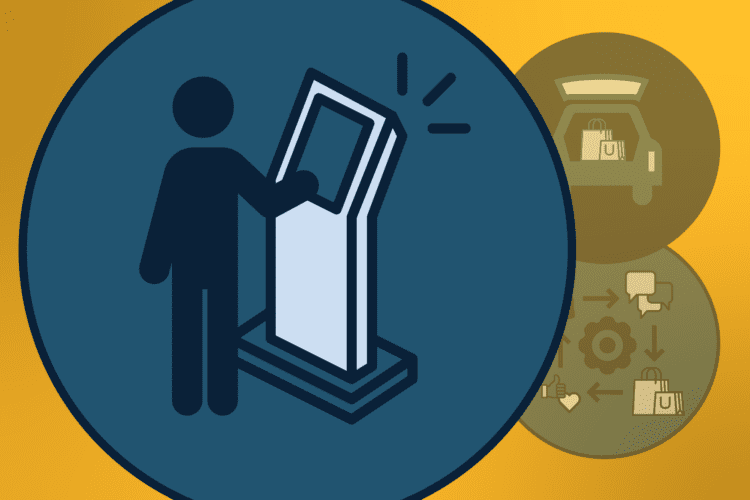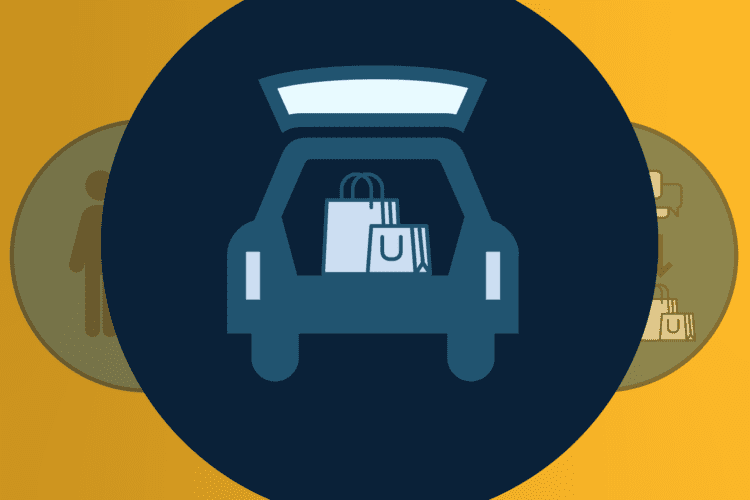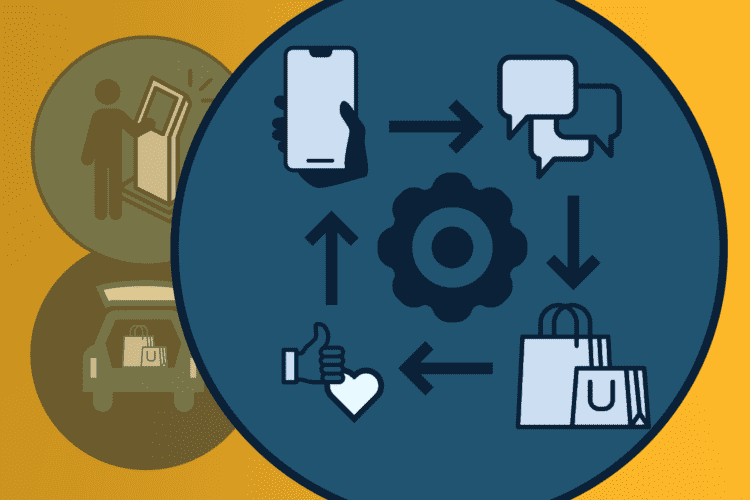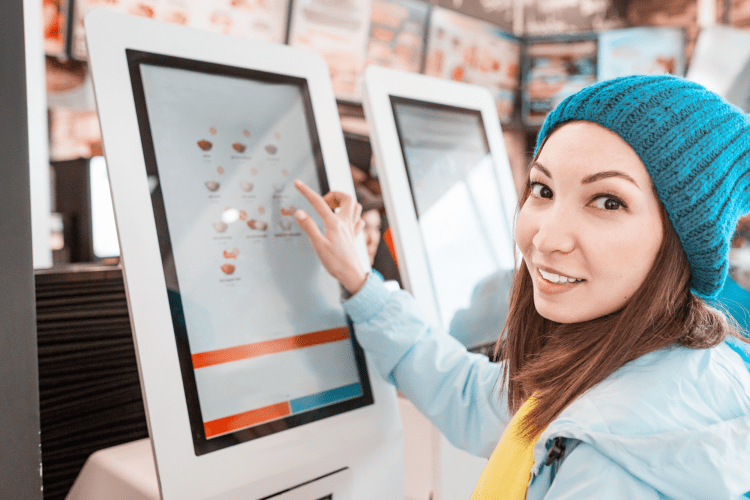In today's ever-evolving data landscape, harnessing the power of artificial intelligence (AI) is essential for organizations seeking to extract meaningful insights and make informed decisions. Recognizing this need, we are…
From the meteoric rise of digital ordering to the aggressive expansion of outdoor dining, the COVID-19 pandemic has drastically changed the ways in which quick-service restaurants operate — and left some of them feeling unsettled about the future.
If you’re like most QSRs, you probably plan to keep at least some of the changes you made during the pandemic. Or maybe you’re like the more than 25 percent of fast-casual and quick-service operators who plan to keep all of the COVID-era changes they made to their restaurants even after the pandemic finally subsides.
No matter which camp you’re in, what’s next for quick-service restaurants is a lot of what many operators are already doing right now — only more of it. In this post, we share three pandemic-era strategies that quick-service restaurants need to stick with in 2022 and beyond.

Good food served fast — and in-person, with a smile — has been a virtue of the QSR trade for as long as there have been QSR chains. But in a tech-fueled world, old-school virtues are no longer enough.
Today’s consumers have a growing appetite for the food they want, how they want it, where they want it, and when they want it — and they expect restaurants to give it to them using the same cutting-edge technologies that other brands are already using.
To deliver on those expectations, quick-service operators need to move further into digital. Focus Brands-owned Cinnabon in Sept. 2021 introduced its first-ever mobile app, complete with contactless delivery and skip-the-line bakery pickup options, as well as the company’s first rewards program. Kendall Ware, chief brand officer for Cinnabon, told Nation’s Restaurant News the QSR is also expanding into first-party delivery.
“We now have access for our guests to experience us first-party at their demand, whether that’s pickup or delivery,” Ware said. “We’re talking to our loyal members, we’re talking to them more often, we’re giving them customized offers to entice them to visit us more often, and it’s keeping us top of mind.”
Takeout, curbside pickup, and delivery sales accounted for 60 percent of all restaurant traffic prior to the pandemic but surged to 90 percent during the second quarter of 2020, according to Hudson Riehle, senior vice president of the research and knowledge group for the National Restaurant Association. And just about every industry trendwatcher out there — Riehle included — foresees takeout sales remaining high above pre-pandemic levels.
What does that mean for QSR operators like you? Going forward, you’ll need to evolve and augment your to-go services, even as you look to drive on-premise and outdoor dining.

Among the major industry players already leaning in is Chipotle Mexican Grill, whose digital sales exploded to $2.8 billion in 2020, up 174 percent year-over-year. Chipotle is responding to continued demand for takeout services by building out hundreds of new locations featuring “Chipotlanes,” its spin on the classic drive-thru lane. Chipotlanes eschew traditional drive-thru menu boards: customers instead order and pay for their food via the Chipotle mobile app prior to arrival, guaranteeing a smoother, faster pickup process for all parties.
McDonald’s has also moved aggressively into digital: speaking to investors in Oct. 2021, President and CEO Christopher Kempczinski said that over the last five years, the world’s largest restaurant chain has expanded its delivery capacity tenfold from 3,000 to more than 32,000 restaurants across the globe, and made significant investments in staffing, positioning, and order assembly to boost drive-thru service efficiency.
Digital channels like delivery, mobile ordering, and in-store kiosks (another fast-growing QSR tech trend) generated more than 20 percent of sales — or about $13 billion — in McDonald’s six largest markets during the first 10 months of 2021, Kempczinski said.
Delivery’s pandemic-fueled growth caught McDonald’s by surprise, Kempczinski added. “What has become apparent is delivery was meeting a customer need that I don’t think any of us fully appreciated even maybe a few years ago. So it’s here to stay.” No wonder: while McDonald’s doesn’t break out its delivery numbers, Kempczinski said “the business has grown by billions and billions,” with delivery orders skewing larger as customers tend to order for multiple people.

One-hundred percent of food service operators say the pandemic has intensified their sense of urgency to adopt transformational technology. Many of the QSRs implementing these technologies have reported increased traffic and sales, better margins, and higher customer satisfaction than their competitors.
As customers interact with your restaurants in new and different digital ways — online, through your mobile app, at self-service kiosks, etc. — they share with you invaluable data insights you can use to personalize and improve all facets of their experience with your brand (provided you maintain a clear, comprehensive view of each customer, of course). By understanding customer frequencies, ordering habits, and more, QSRs can suggest menu items “you might also like,” push “smart upsells” that increase sales, and offer customized rewards that build deeper connections.
Chipotle is leveraging all the data collected via digital orders and interactions to deliver highly personalized messaging. “Communications to our customers are individually tailored so that specific customer activities prompt targeted responses,” Chipotle CEO Brian Niccol told analysts in April 2021. “Each digital message can vary along the customer buying journey, such as the latest promotional offer on a new menu item or a more targeted offer to entice a customer that has not visited our restaurant for a certain period of time. For example, customers received communication about Chipotle’s quesadilla launch featuring their favorite protein based on their ordering history.”
It’s no longer a question of whether or not QSR brands should lean into digital: the pandemic has already determined that. Instead, it’s about how — and how much — your brand embraces the digital opportunity, and how effectively you leverage the data you collect, that will determine your future.

Civis Analytics can empower your brand to change its future by changing the way you reach and connect with your customers.